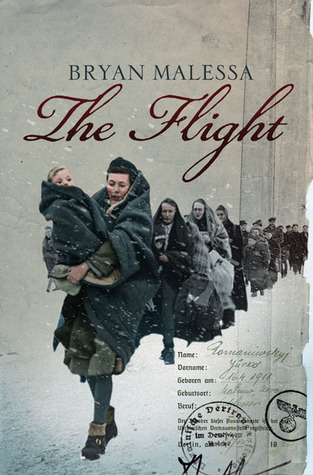The Flight
This is a powerful story of a rarely told episode of World War II. Early in 1945, Ida and her younger son, daughter and nephew flee their village on the Samland peninsula on East Prussia’s Baltic coast to escape the advancing Soviet Army.
The book’s details are authentic, a documented account of some 12 million central and east European ethnic Germans forced to make such a trek on foot, by boat and rail, to the assumed safety of Berlin. As fiction, however, I do not feel this works. I wanted to know what these people looked like, how old they were, the smells and colours of village life. The flight of the title only takes up the central third of the book. The first third skates over the years 1941-5: the children’s childhood adventures; Karl’s friendship with Mr Wolff, an educated Jew; Karl’s induction into the Hitler Youth; the last third, the family’s journey south of Berlin to the forests of Thuringia, where they settle into a village little touched by the war. The author tells the reader what happens, pages without dialogue, slipping in and out of different characters’ viewpoints before returning to his own. Dramatic, appalling events, such as Ida’s treatment by Russian soldiers, are so underwritten as to convey little meaning, let alone feeling. Karl’s struggle with what he did in the Hitler Youth is moving but hurriedly told in retrospect at the end. I wanted to know what the leader screamed and ranted at Karl. Ida’s husband is a shadowy figure: the reader learns little of his experiences during the war and it was difficult to feel sympathy for her concerning him.
A disappointing book which does not do justice to the harrowing events it sets out to portray. It would have been better as non-fiction.










